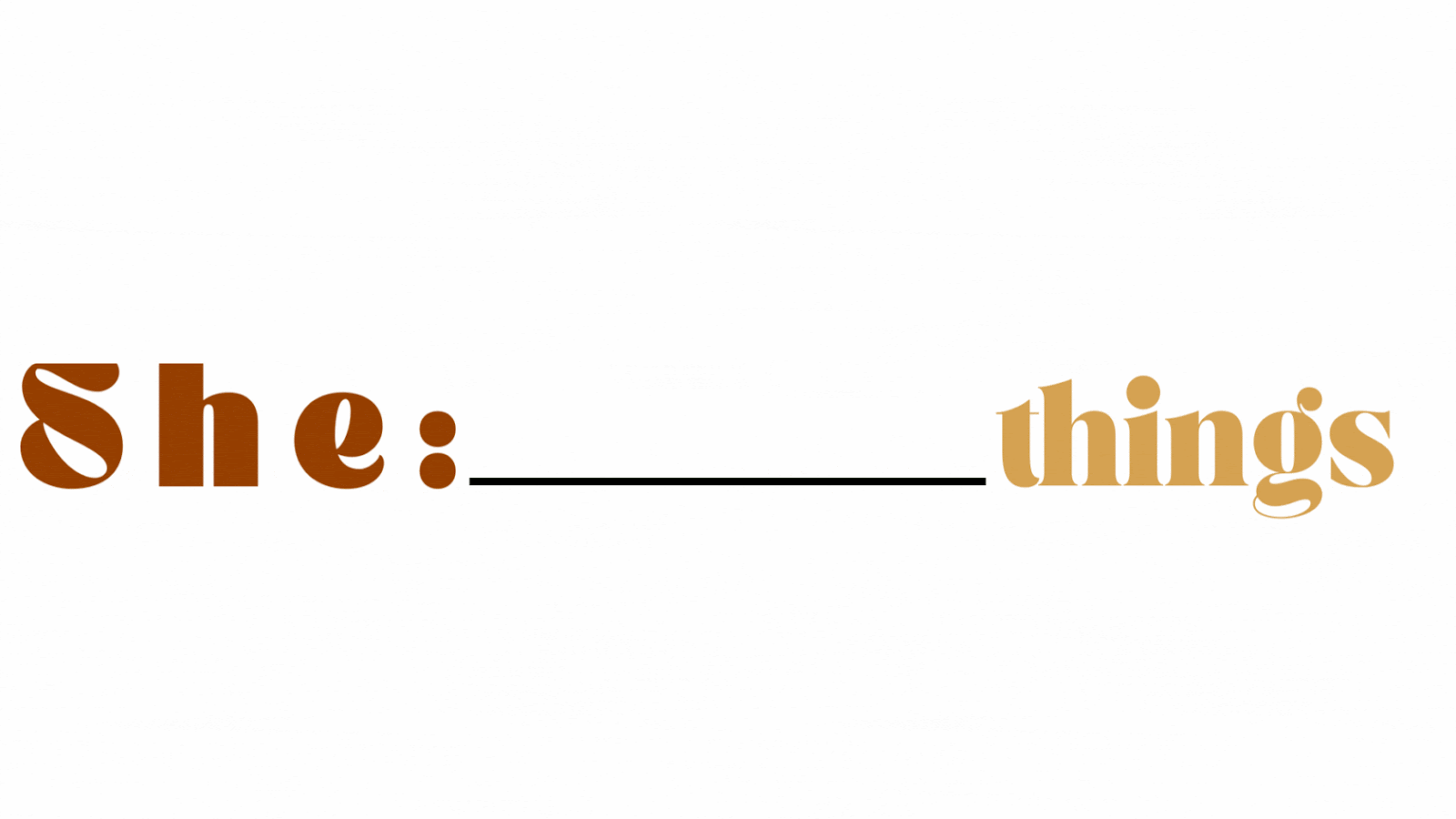Let's talk programming and HTML.
As a good number of you who watch the She Designs Things YouTube channel may know, I don't consider myself a developer. Sure there are things I do that are most definitely considered backend development, but I wouldn't bother to add that to my title because my wheelhouse are markup languages. There are many markup languages including HTML, XHTML, XML and PVL, to name a few. For the sake of this blog post, let's stick to the basic HTML. However, when I say HTML(Hypertext Markup Language), I'm referring to HTML5 (Hypertext Markup Language 5). HTML and HTML5, might seem the same but they are slightly different. Both HTML and HTML5 are hypertext markup languages, used to develop web pages or applications. HTML5 is the latest version of HTML and supports new markup language functionalities like multimedia, new tags, elements, and API's. HTML5 also supports audio and video.
Why Not Programming?
HTML, which stands for Hypertext Markup Language, is a markup language commonly used for defining the structure and content of web pages. Unlike traditional programming languages like Python, Java, or C++, HTML doesn't have the ability to perform logical operations or control structures. HTML uses a set of predefined tags to format text, images, and other content. For example, the <p> tag is used to define a paragraph of text, the <img> tag is used to embed images, and the <a> tag is used to create hyperlinks. These tags tell the web browser how to display the content, but they don’t contain any programming logic. This means that it is not considered a programming language in the traditional sense. Think of it as the skeleton of the website. It still needs a brain to function. Speaking of functions, how do we start a programmatic code in JavaScript? We write function!
function myFunc(theObject) {
theObject.make = "Toyota";
}
const mycar = {
make: "Honda",
model: "Accord",
year: 1998,
};


0 comments